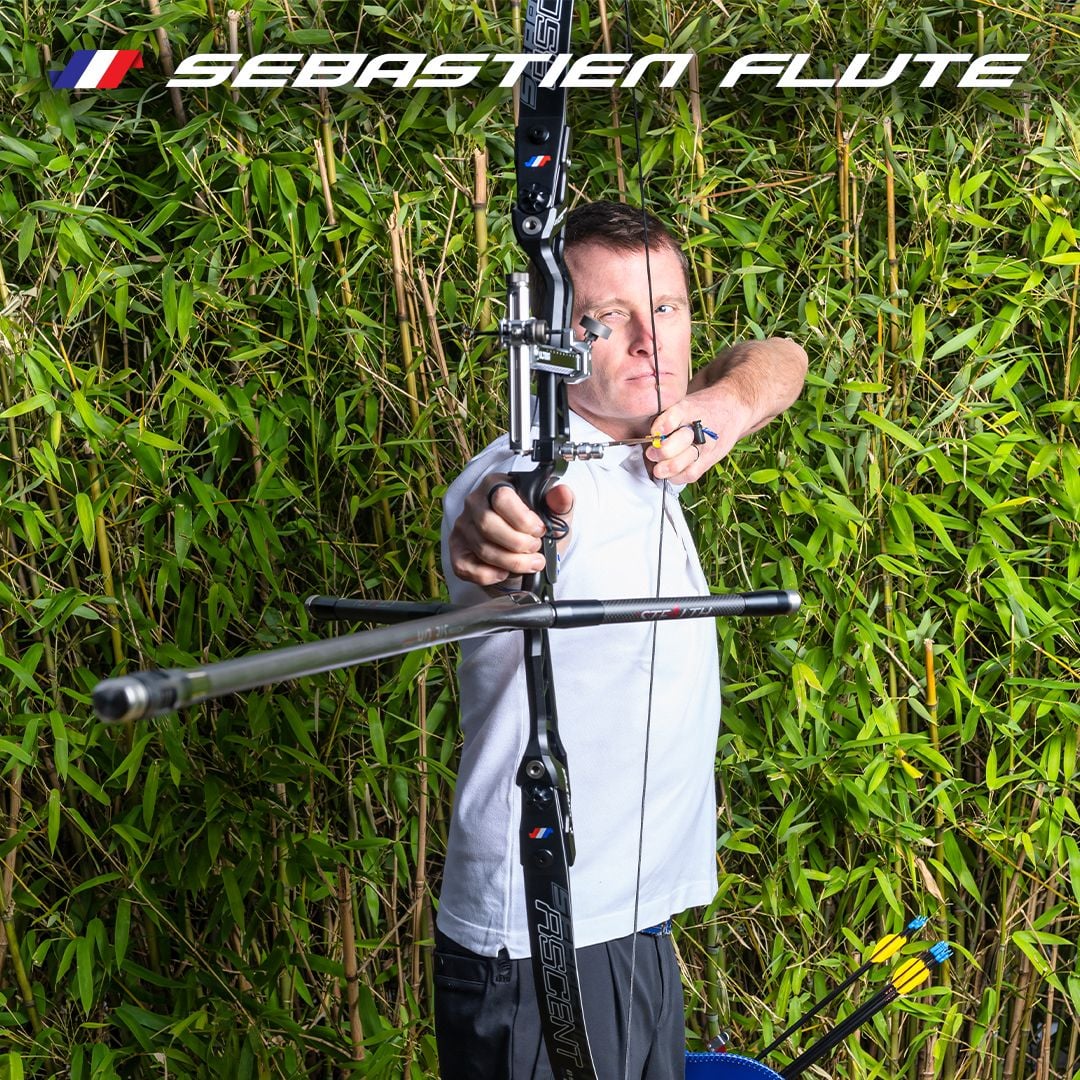Maximize Your Archery Accuracy With These Bow Stabilizer Techniques
One crucial aspect that can considerably affect your performance is the appropriate use of bow stabilizers. Whether you are a skilled archer looking to improve your abilities or a newcomer excited to improve your accuracy, grasping these bow stabilizer techniques could be the trick to hitting your mark with exceptional uniformity.
Benefits of Using Bow Stabilizers
Making use of bow stabilizers can substantially enhance an archer's precision and total performance by reducing bow torque and vibration. In addition, bow stabilizers dampen resonance, which not just boosts the convenience of capturing however also avoids the bow from leaping upon launch, hence helping in preserving appropriate aim.
Moreover, bow stabilizers can aid in holding the bow consistent, especially during gusty conditions or when shooting from longer ranges. The added weight at the front of the bow offers security and balance, enabling the archer to concentrate on aiming without the disturbance of bow motion. Overall, the benefits of making use of bow stabilizers prolong past simply accuracy, improving the archer's experience and efficiency in different shooting circumstances.
Selecting the Right Bow Stabilizer
Picking the suitable bow stabilizer is crucial for enhancing your archery devices and boosting shooting performance. When selecting a bow stabilizer, there are several variables to think about to guarantee you locate the best suitable for your needs. First of all, take into consideration the weight of the stabilizer. Much heavier stabilizers can help in reducing bow torque and absorb even more resonance, causing a steadier objective. However, lighter stabilizers offer even more ability to move, which can be helpful in certain shooting circumstances.

Last but not least, think about the layout of the stabilizer. Some stabilizers include flexible weights or dampeners that enable you to tailor the equilibrium and feel of your bow. Eventually, selecting the appropriate bow stabilizer entails locating an equilibrium in between weight, product, layout, and length to enhance your capturing accuracy and general performance.
Correct Setup Techniques
To make sure optimal performance and safety and security in archery, mastering appropriate installation techniques for your bow stabilizer is vital. The very first action in setting up a bow stabilizer is to determine the correct positioning on your bow.
Following, firmly affix the stabilizer to the bow using the proper mounting equipment. Some stabilizers come with adjustable weights that can be included or eliminated to adjust the equilibrium of your bow.

Changing Stabilizer Weight and Size
After ensuring the appropriate installment of your bow stabilizer, the following step includes changing the weight and size to optimize its performance in improving archery precision. The weight of the stabilizer plays an essential function in minimizing bow movement throughout the shot cycle. Including weight to the stabilizer can help moisten resonances and boost security, leading to even more regular and precise shots. On the various other hand, lowering the weight can enhance maneuverability, which is valuable for situations needing fast target purchase.
When it comes to stabilizer size, locating the right balance is key. A longer stabilizer can give higher stability by boosting the range in between the bow and the weight at the end of the stabilizer. This included range boosts the supporting result, specifically in windy conditions or when contending longer ranges. Alternatively, a shorter stabilizer offers more ability to move and may be preferred by archers that value agility and quick activities during capturing.
Advanced Stabilizer Tuning Tips
Accomplishing optimal bow stability and precision in archery demands a nuanced approach to innovative stabilizer adjusting. Advanced stabilizer adjusting includes fine-tuning various components to enhance the bow's equilibrium, lower vibration, and enhance overall precision.
One more important aspect of innovative stabilizer adjusting is maximizing the damping buildings of the stabilizer system. This can be accomplished by including additional wetting accessories such as rubber dampeners or harmonic stabilizers to better decrease resonance and noise. In addition, checking out various materials for the stabilizer building and construction, such as carbon fiber or aluminum, can also influence the bow's efficiency by altering its weight circulation and stiffness. By thoroughly make improvements these advanced stabilizer elements, archers can optimize their accuracy and consistency on the variety or in competition.
Conclusion
In conclusion, maximizing archery precision can be achieved via the proper option, setup, and modification of bow stabilizers. On the whole, including bow stabilizers into archery practice can lead to better performance and increased precision.
Using index bow stabilizers can dramatically improve an archer's accuracy and total efficiency by reducing bow torque and resonance. Longer stabilizers offer better security and equilibrium, particularly for long-distance capturing, while much shorter stabilizers provide even more convenience informative post and are easier to maneuver in tight rooms (bow stabilizer). Carbon fiber stabilizers are lightweight and sturdy, while light weight aluminum stabilizers are durable and provide outstanding vibration wetting
A longer stabilizer can provide greater stability by increasing the range in between the bow and the weight at the end of the stabilizer.An additional essential element of innovative stabilizer adjusting is maximizing the damping homes of the stabilizer system.